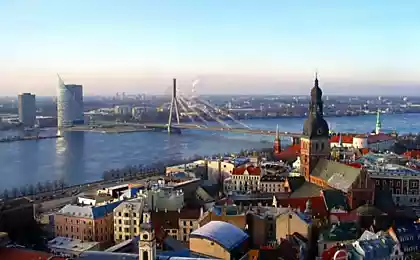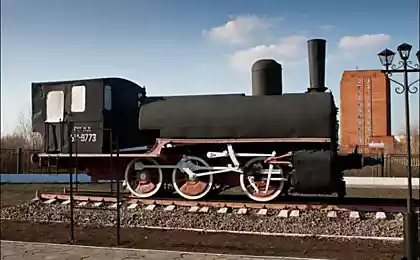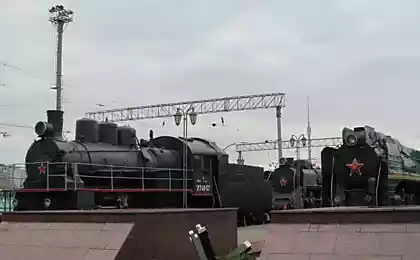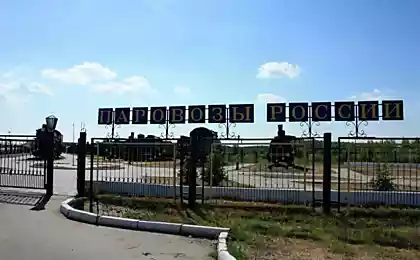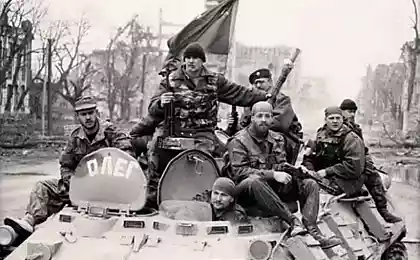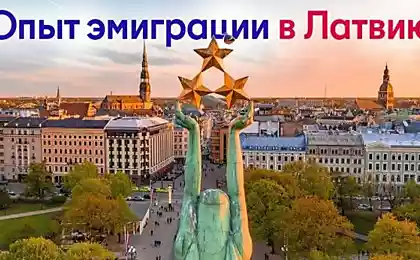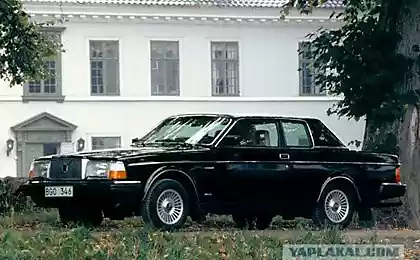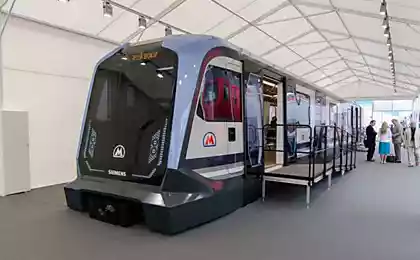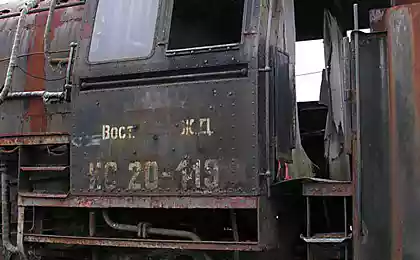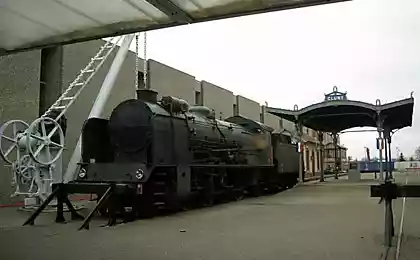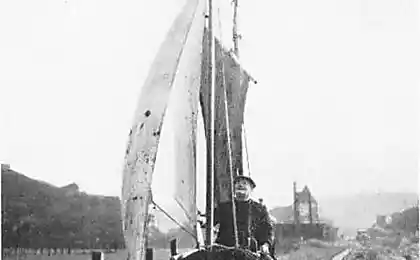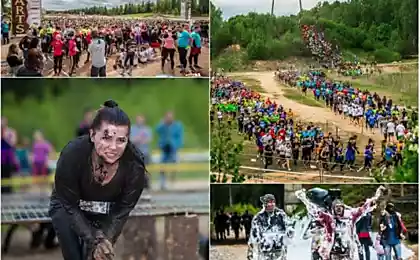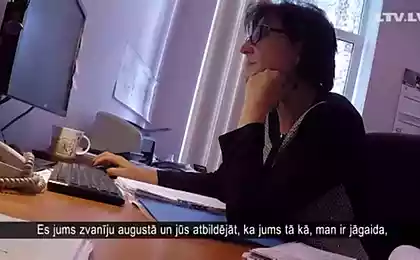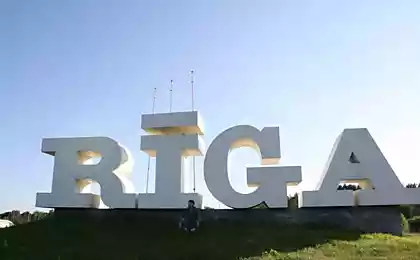2322
In Latvia animated locomotive Gr-319
For six years, the railway enthusiasts the history of Latvia, in their spare time, their duties, together with workers UZ "Gulbene-Aluksne" restored narrow-gauge steam engine Gr-319.
35 photo.
Originally locomotive joined the locomotive depot Liepaja. In the photo: Photo Factory locomotive series Gy.
From the archives of Frank Steuber
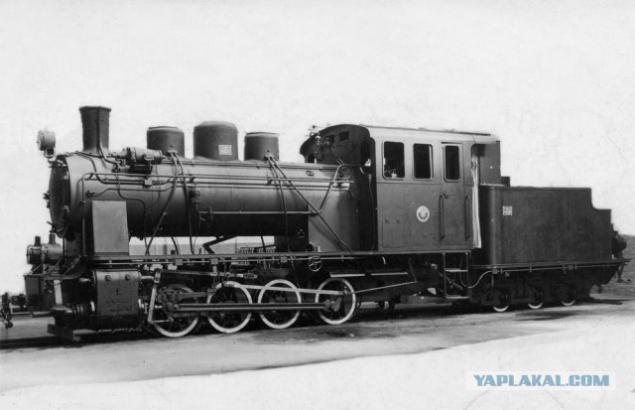
In 1964 he was sent to the Ukraine, where he found the Estonian railway enthusiasts and in 1990 moved to Pärnu. In the photo: Steam locomotives series Gy loaded onto the platform on the way from East Germany (Potsdam) through West Berlin in the USSR.
From the archive Dmitry Olentsevich
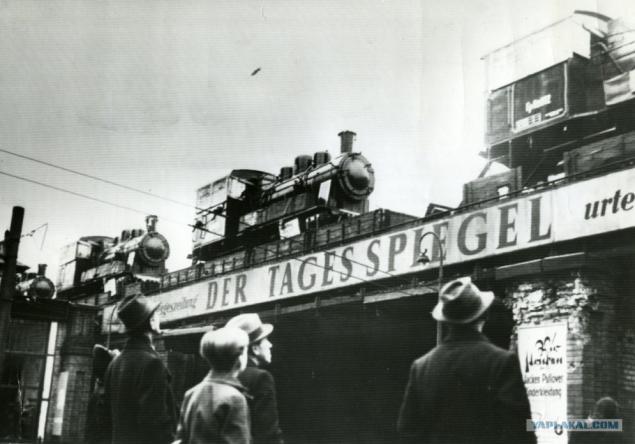
According to the agreement between the Estonian Museum of narrow gauge railways and OOO "Gulbenes-Aluksne banitis" locomotive was in 2007, aimed at the restoration in Gulbene. Later, after the restoration, it was planned to operate at UZ Gulbene-Aluksne. In the photo: Steam locomotive series Gy at Riga children's railway in the 1950s.
From the archive Toms Altbergsa
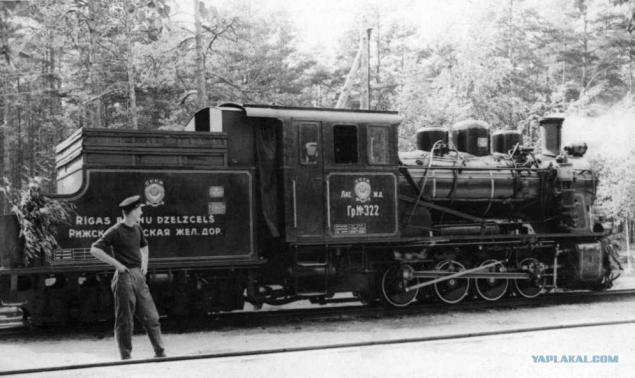
During the restoration of the locomotive was completely disassembled. Thanks found in Panevezys and Moscow technical documentation, managed to restore the functionality of all the nodes, as well as "through I can not" restore almost Irreparable part. In the photo: Steam locomotive series Gy at Riga children's railway in the 1950s.
From the archive Toms Altbergsa
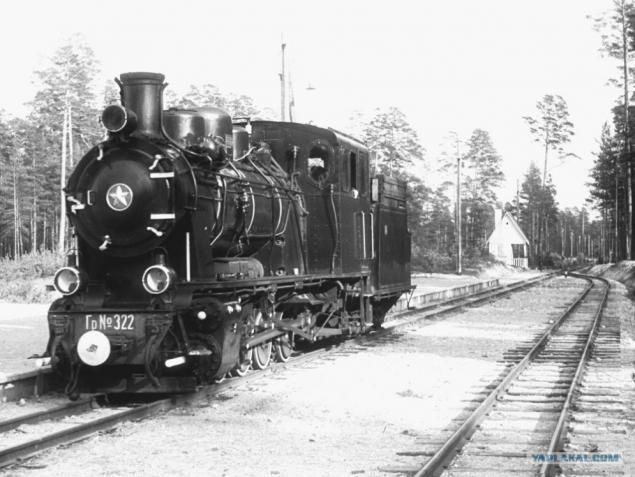
After all, if for retro car industry still produces something, and the number of "victory", "Muscovites" and other vehicles donor postwar release is still relatively high, the opportunity to get spare parts for these locomotives is almost zero. In the photo: Steam locomotive series Gy at Riga children's railway in the 1950s.
From the archive Toms Altbergsa
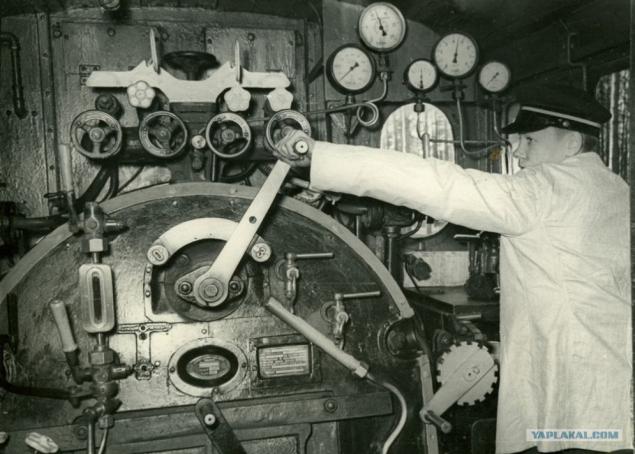
For some elements, such as Flame and smoke tubes, had to go to Germany, the rest of the missing or completely unusable parts were manufactured locally. In the photo: Steam locomotive series Gy to the site "Gulbene-Aluksne" (station "Paparde") in the 1950s.
From the archive Evalds God
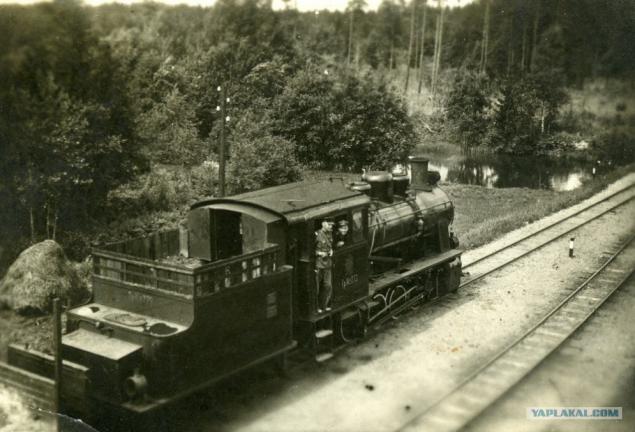
Next - photo chronicle of how the restoration took place. To go? In the photo: Steam locomotives series Gy before cutting in Jelgava in 1975 (after this narrow gauge steam locomotives of 750 mm in Latvia left).
Ivars Apshkaleys
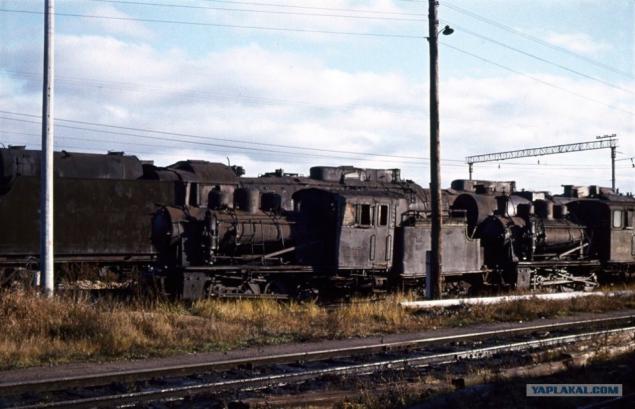
Delivery of Estonia
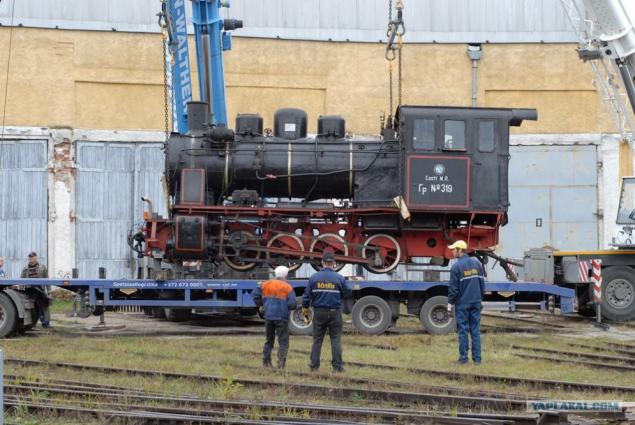
Externally locomotive looks pretty well, but ...
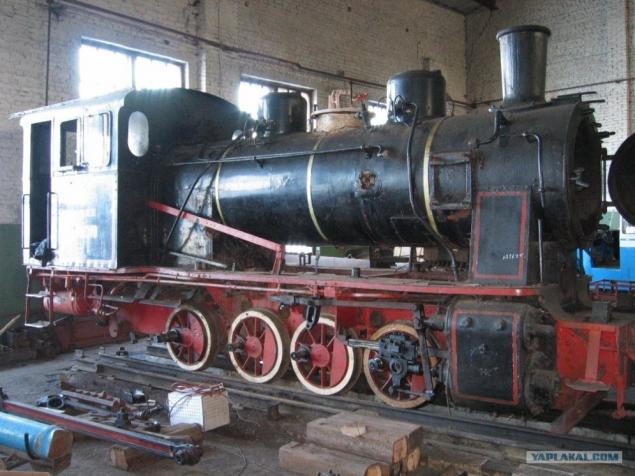
For a well-groomed appearance, opens horror. That such.
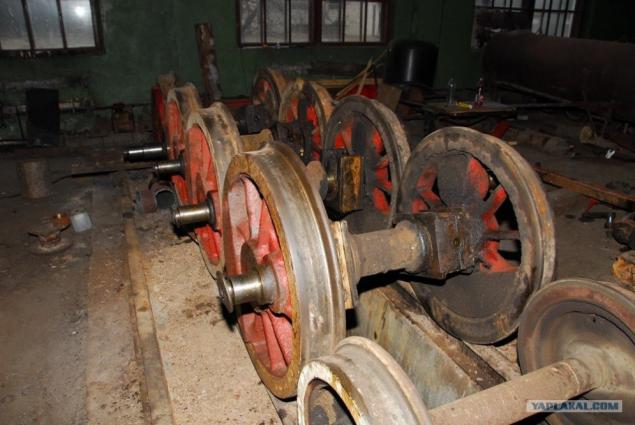
And such.
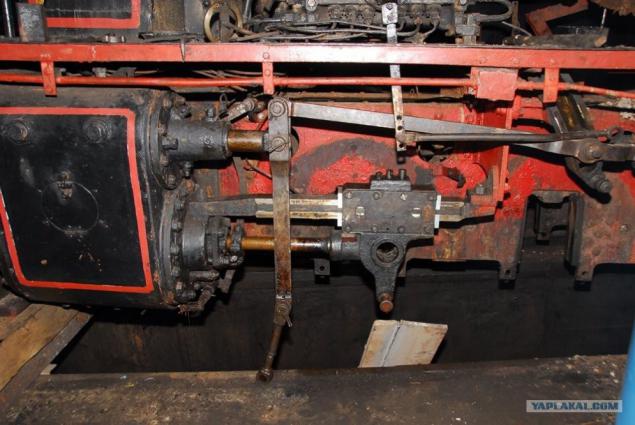
No tears for it is impossible to watch.
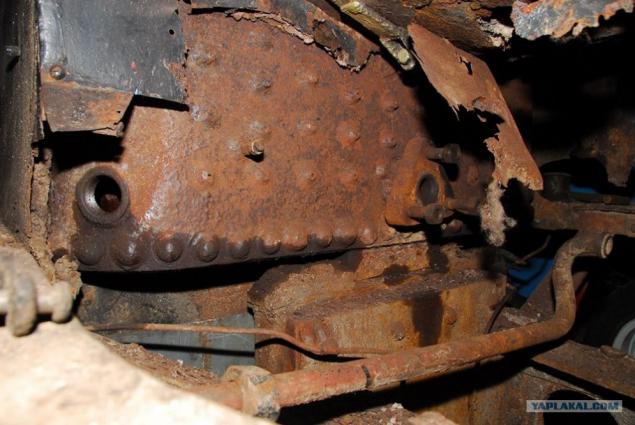
That such a state
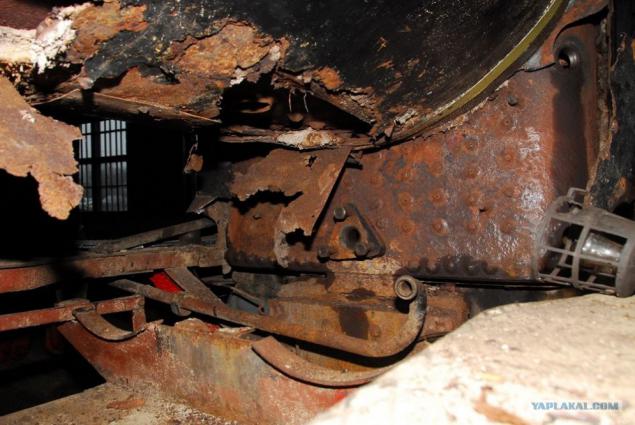
We provide complete disassembly of the engine, since the boilers ...
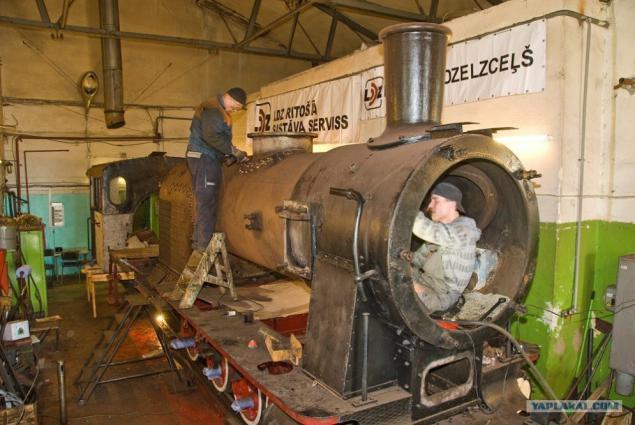
(Work there are not too comfortable)
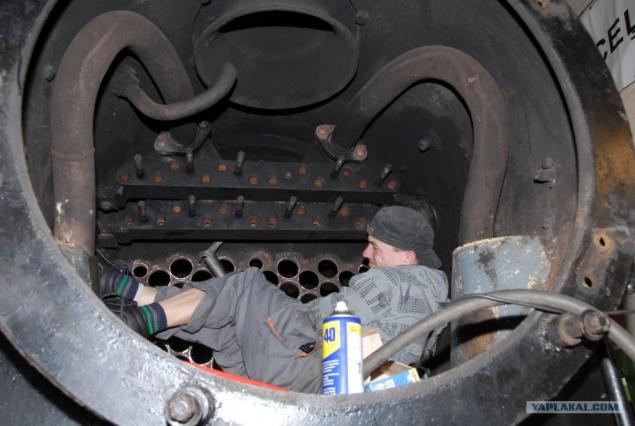
... And ending with the tender.
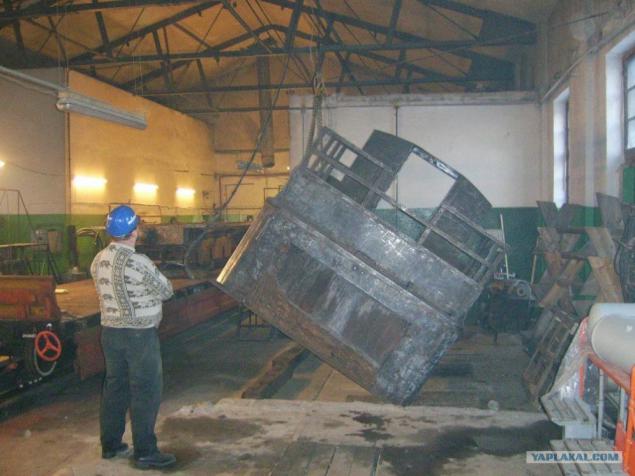
The first work on the assembly. Rama helps collect tender Volunteer - Director of the Railway Department of the Ministry of Posts Janis Eyduks.
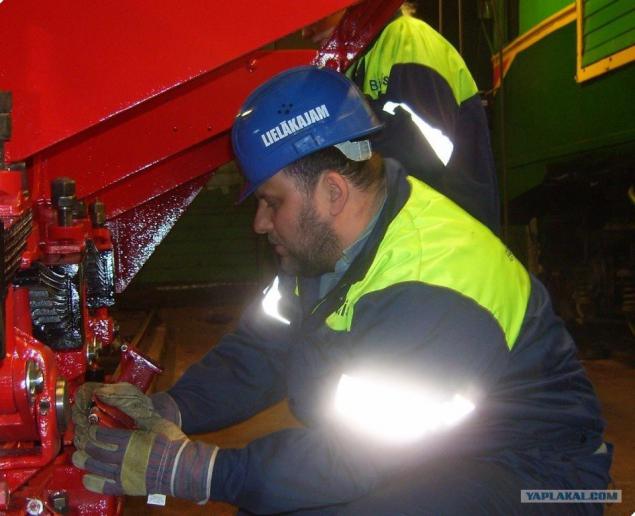
Build tender in full swing.
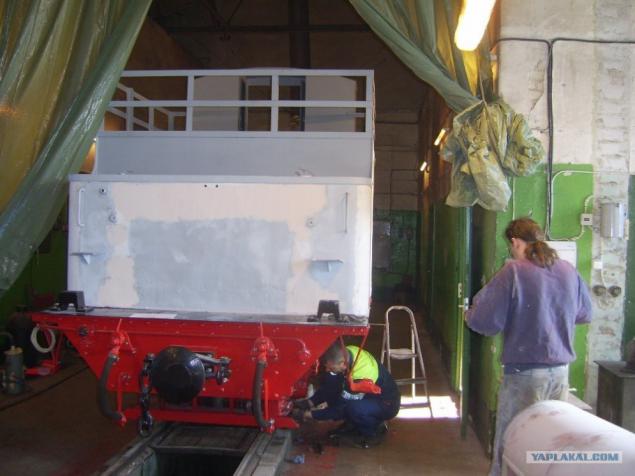
This too it.
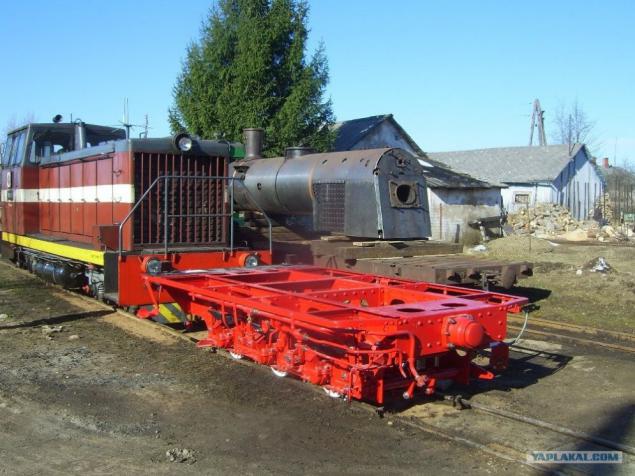
Steam locomotive takes the outlines of a steam locomotive.
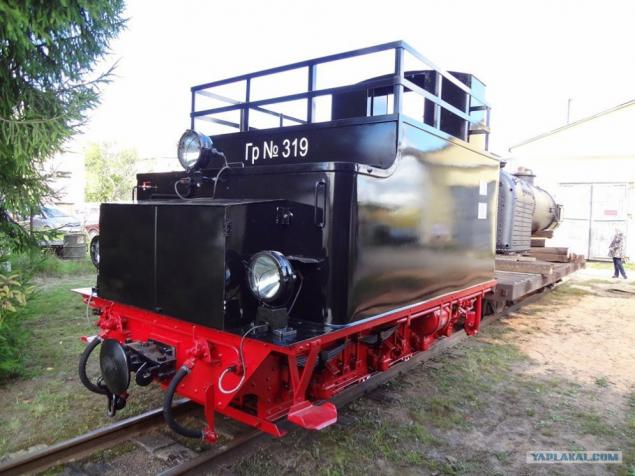
Repaired, primed and painted on EEO wheelsets.
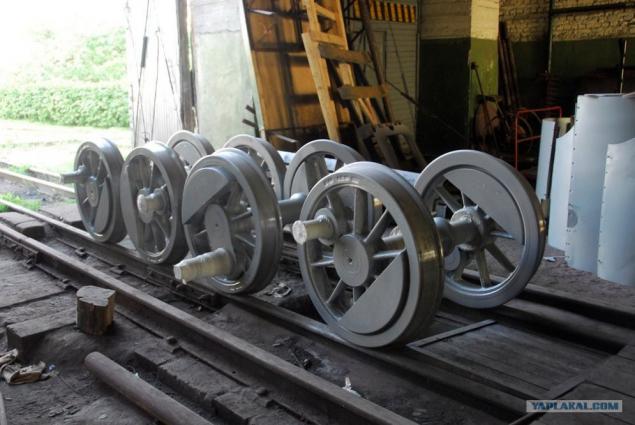
These same.
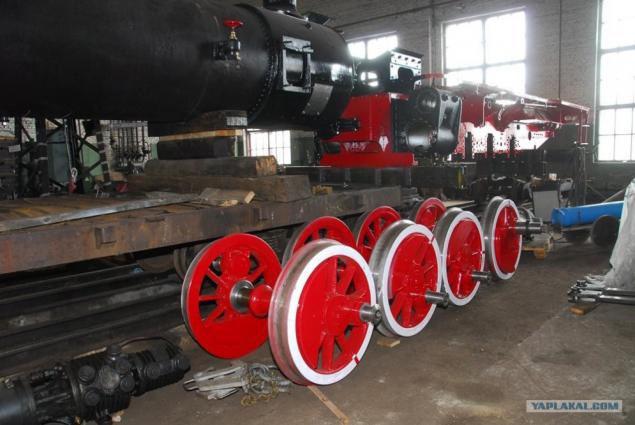
The most crucial node - a steam boiler.
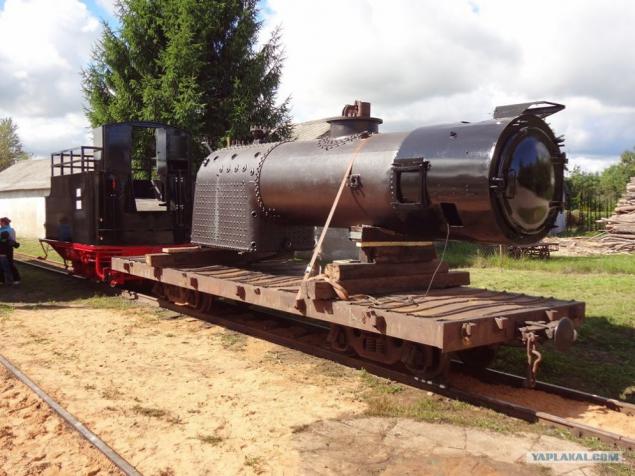
Parts of the valve of the boiler after recovery.
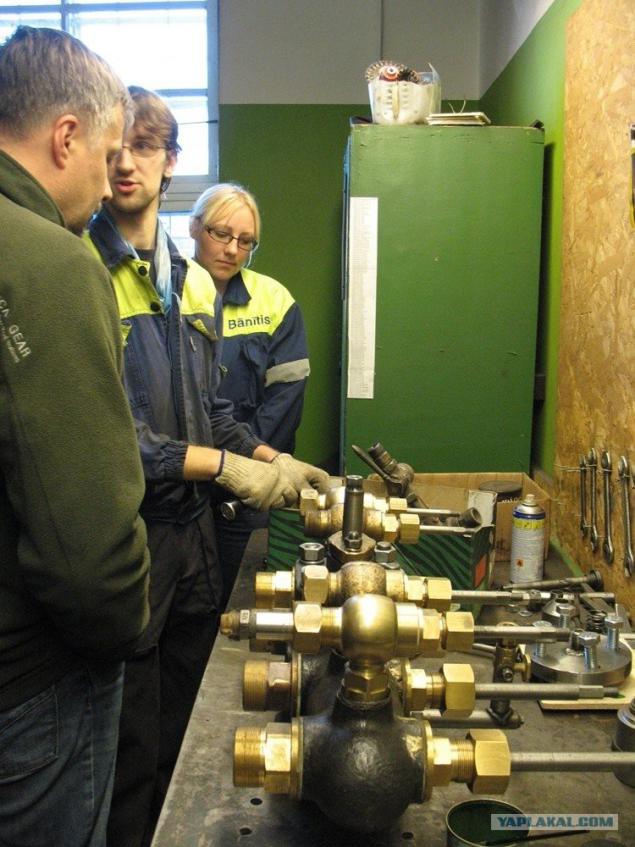
Prepared for the installation of the elements of the superheater.
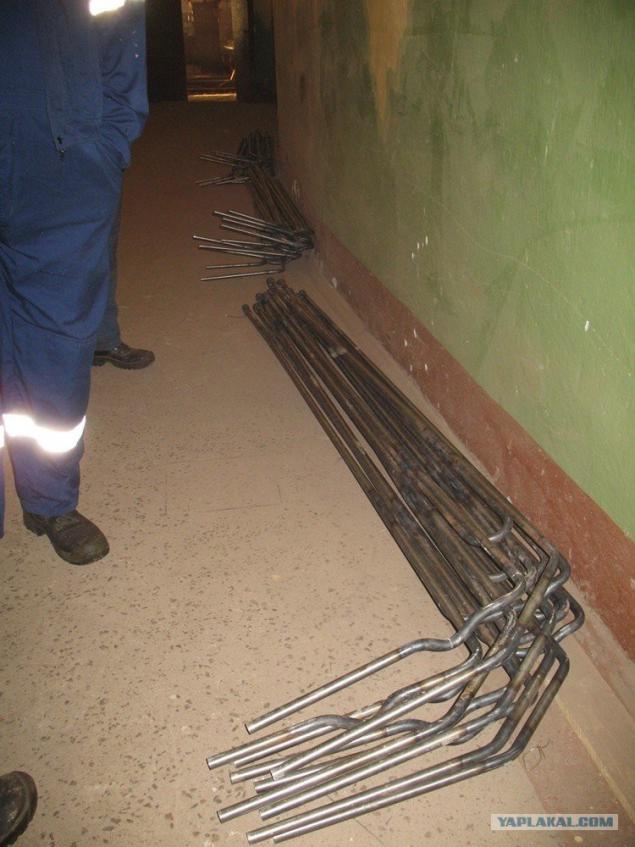
Riveting process to seal the connection with the cylindrical part of the boiler furnace.
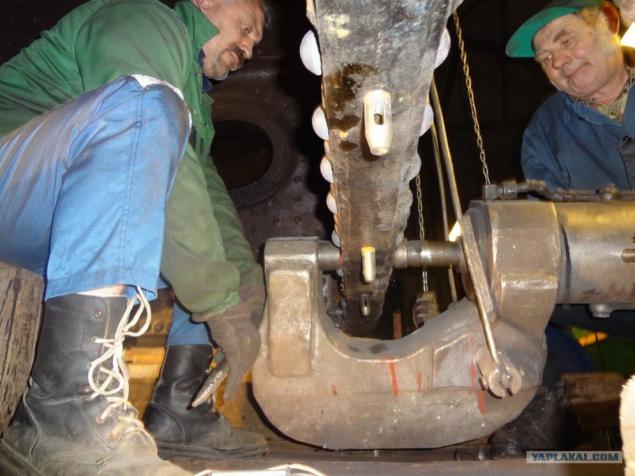
Steam boiler assembly.
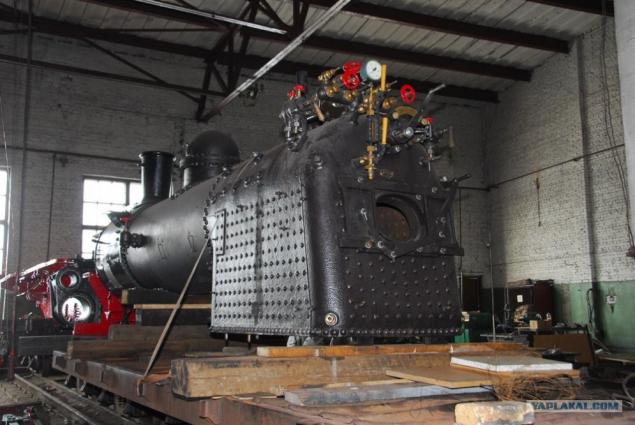
Production of the new ash pan.
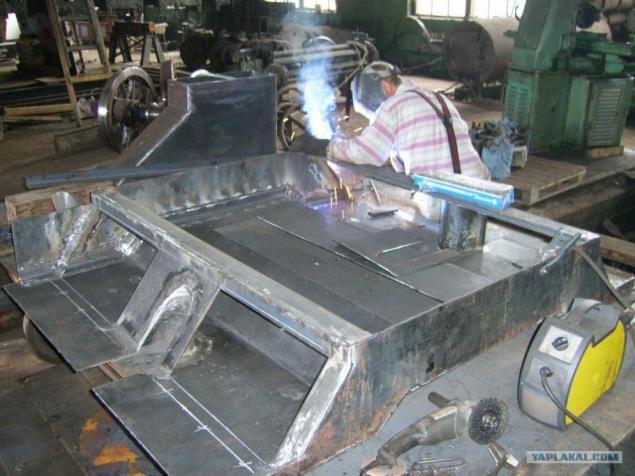
Details of the engine frame.
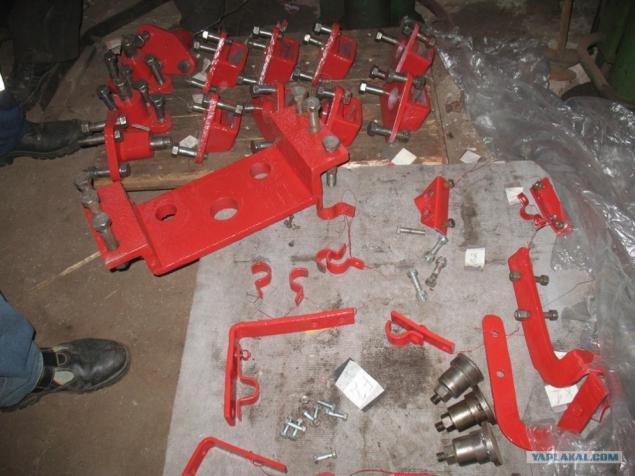
The frame of the engine assembly.
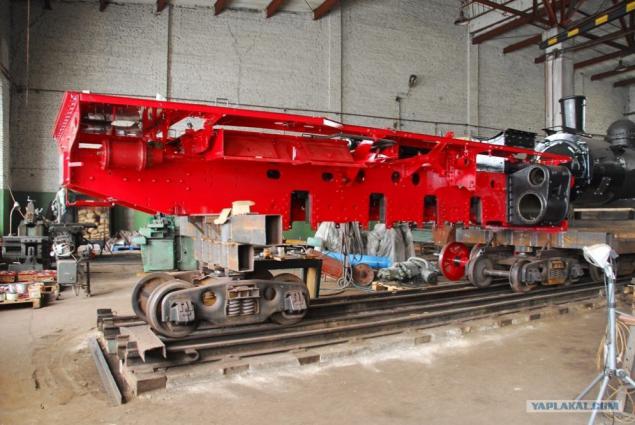
Frame with podkatannymi locomotive wheelsets.
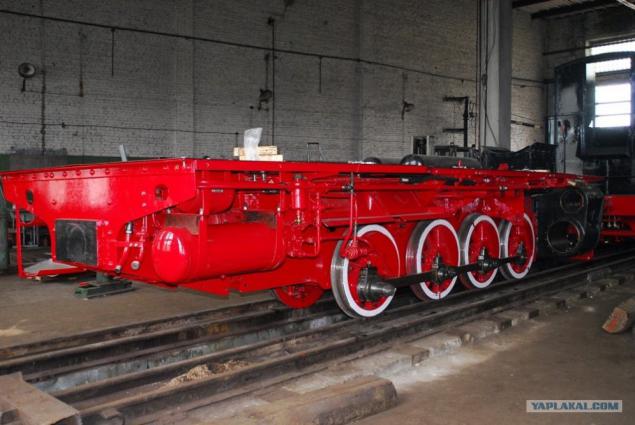
The final stage of assembly of the engine.
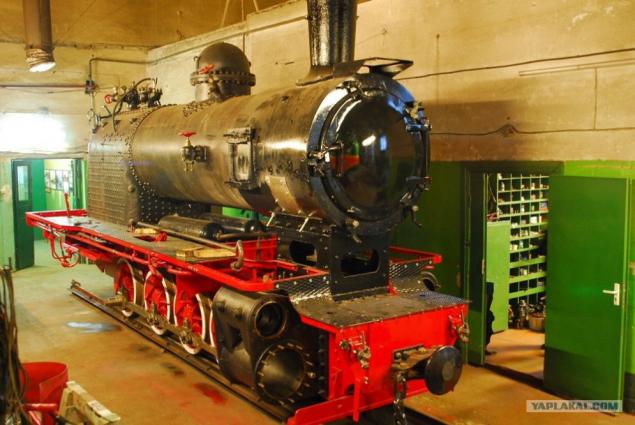
Parvoz almost like a locomotive.
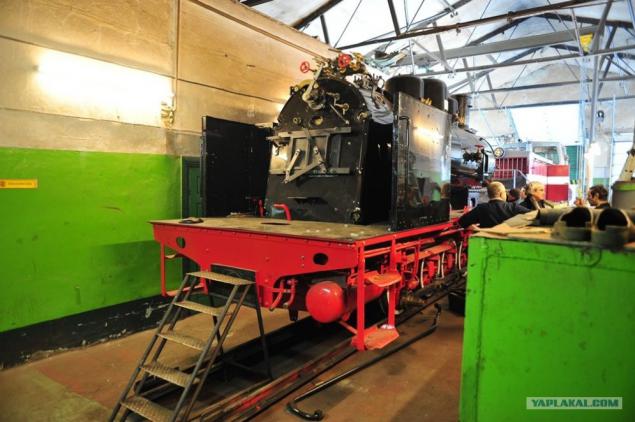
Just a little bit ...
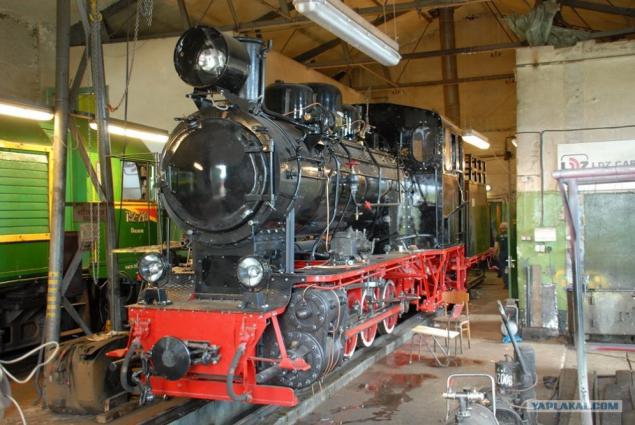
And that's what eventually happened ...
P.S. Photos and comments are not mine, steal from here:
www.delfi.lv/tchk/tech/v-latvii-ozh...i.d?id=44612226
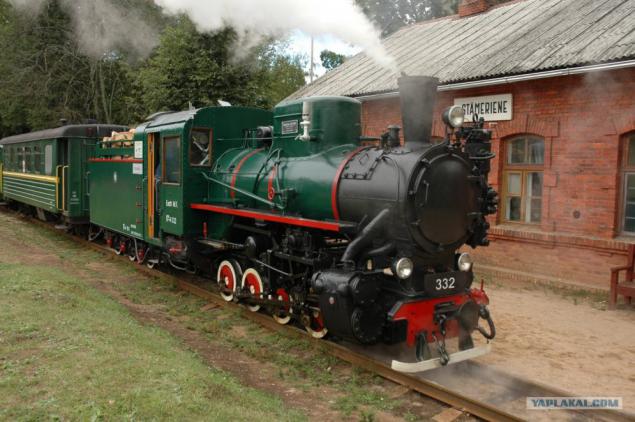
35 photo.
Originally locomotive joined the locomotive depot Liepaja. In the photo: Photo Factory locomotive series Gy.
From the archives of Frank Steuber

In 1964 he was sent to the Ukraine, where he found the Estonian railway enthusiasts and in 1990 moved to Pärnu. In the photo: Steam locomotives series Gy loaded onto the platform on the way from East Germany (Potsdam) through West Berlin in the USSR.
From the archive Dmitry Olentsevich

According to the agreement between the Estonian Museum of narrow gauge railways and OOO "Gulbenes-Aluksne banitis" locomotive was in 2007, aimed at the restoration in Gulbene. Later, after the restoration, it was planned to operate at UZ Gulbene-Aluksne. In the photo: Steam locomotive series Gy at Riga children's railway in the 1950s.
From the archive Toms Altbergsa

During the restoration of the locomotive was completely disassembled. Thanks found in Panevezys and Moscow technical documentation, managed to restore the functionality of all the nodes, as well as "through I can not" restore almost Irreparable part. In the photo: Steam locomotive series Gy at Riga children's railway in the 1950s.
From the archive Toms Altbergsa

After all, if for retro car industry still produces something, and the number of "victory", "Muscovites" and other vehicles donor postwar release is still relatively high, the opportunity to get spare parts for these locomotives is almost zero. In the photo: Steam locomotive series Gy at Riga children's railway in the 1950s.
From the archive Toms Altbergsa

For some elements, such as Flame and smoke tubes, had to go to Germany, the rest of the missing or completely unusable parts were manufactured locally. In the photo: Steam locomotive series Gy to the site "Gulbene-Aluksne" (station "Paparde") in the 1950s.
From the archive Evalds God

Next - photo chronicle of how the restoration took place. To go? In the photo: Steam locomotives series Gy before cutting in Jelgava in 1975 (after this narrow gauge steam locomotives of 750 mm in Latvia left).
Ivars Apshkaleys

Delivery of Estonia

Externally locomotive looks pretty well, but ...

For a well-groomed appearance, opens horror. That such.

And such.

No tears for it is impossible to watch.

That such a state

We provide complete disassembly of the engine, since the boilers ...

(Work there are not too comfortable)

... And ending with the tender.

The first work on the assembly. Rama helps collect tender Volunteer - Director of the Railway Department of the Ministry of Posts Janis Eyduks.

Build tender in full swing.

This too it.

Steam locomotive takes the outlines of a steam locomotive.

Repaired, primed and painted on EEO wheelsets.

These same.

The most crucial node - a steam boiler.

Parts of the valve of the boiler after recovery.

Prepared for the installation of the elements of the superheater.

Riveting process to seal the connection with the cylindrical part of the boiler furnace.

Steam boiler assembly.

Production of the new ash pan.

Details of the engine frame.

The frame of the engine assembly.

Frame with podkatannymi locomotive wheelsets.

The final stage of assembly of the engine.

Parvoz almost like a locomotive.

Just a little bit ...

And that's what eventually happened ...
P.S. Photos and comments are not mine, steal from here:
www.delfi.lv/tchk/tech/v-latvii-ozh...i.d?id=44612226

